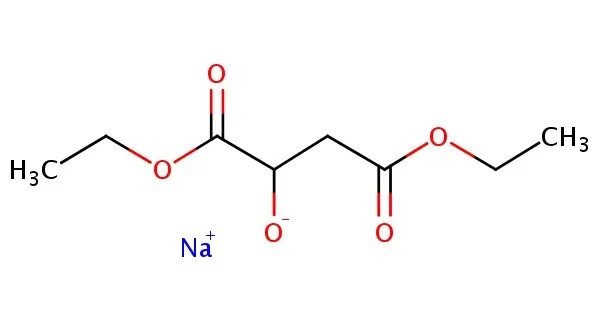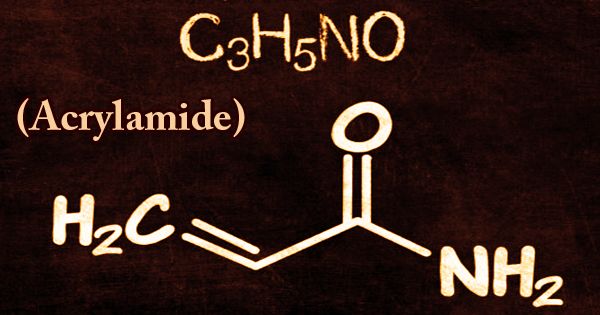Sodium malate is a compound with formula Na2(C2H4O(COO)2). It is the sodium salt of malic acid. is a sodium salt of malic acid, which is a naturally occurring organic compound found in various fruits, particularly apples. It is often used in food products and dietary supplements due to its acidulant and buffering properties. As a food additive, it has the E number E350.
It is a versatile compound that occurs naturally in certain fruits and is used extensively in the food industry for flavor enhancement. It also finds uses in cosmetics and pharmaceuticals due to its mild properties.
Properties
Sodium malate is an odorless white crystalline powder. It is freely soluble in water. It is soluble in water, making it useful in aqueous formulations. It has a slightly acidic pH when dissolved in water, due to the presence of the malate anion. It is slightly salty, given its sodium content, and is used to enhance flavor profiles in food.
- Chemical formula: C4H4Na2O5
- Molar mass: 178.051 g·mol−1
- Appearance: White crystalline powder or colorless crystals
- Solubility: Soluble in water, slightly soluble in alcohol
- pH: When dissolved in water, sodium malate typically has a neutral to slightly alkaline pH (around 7–8)
Occurrences
Natural Sources: Sodium malate can be found in nature as part of the metabolic processes of plants and fruits. It is formed when malic acid (found abundantly in apples, grapes, and cherries) reacts with sodium ions. It can also appear in various foods that contain malic acid, as the sodium form of malate may be present naturally or after food processing.
Food and Beverages: In the food industry, sodium malate is commonly used as a flavoring agent and acidulant. It is often used in fruit-flavored beverages, candies, jams, and processed foods. It is favored for its ability to enhance flavor while being more stable than malic acid alone.
Use
It is used as an acidity regulator and flavoring agent. It tastes similar to sodium chloride (table salt).
- Food Industry: It can be used as an acidity regulator or flavor enhancer in foods and beverages. It’s often found in soft drinks, candies, and processed foods.
- Dietary Supplements: It is sometimes included in supplements for its potential benefits, including its role in promoting energy production and reducing muscle fatigue.
- Pharmaceuticals: It might also be found in some medications or health products.
















